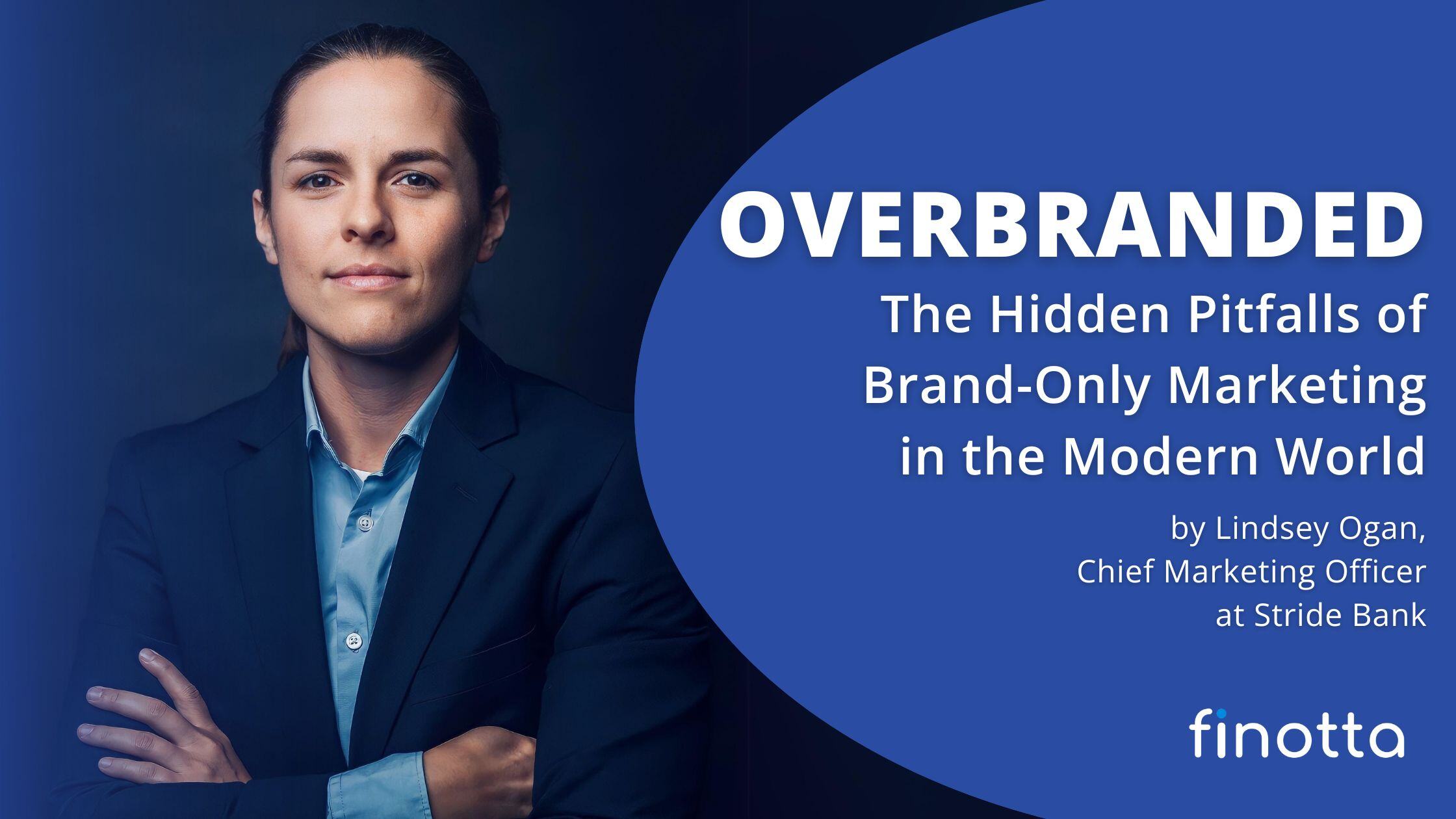Lindsey Ogan
Jun 10
5 min read

